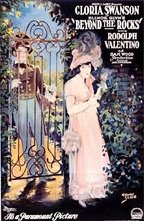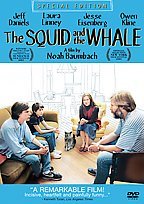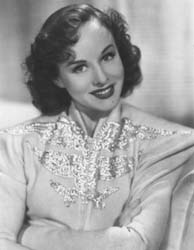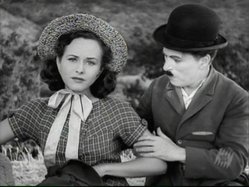Hitch Part 5 of 15

Alfred Hitchcock's
Rear Window contains what is perhaps the most memorable gimmick in film history, namely its 'rear window' POV. Shot entirely on an elaborate three story set, a square of Greenwich Village apartments recreated in a Parmount sound stage, the action never really leaves
Jimmy Stewarts apartment. For as was often the case with films staring this homespun Pennyslvanion, James Stewart was our everyman, someone we could identify with even when his director had him exploring some of the darker aspects of life.
Though it has been often copyed or lampooned, the device of the crippled man spying on his neiboughs through their open windows, is one that could never works so well as it d

id in the 1950's. Besides the obvious improvments in air conditioning technology that have occured since the time the film was made (though judging by the current heat wave oppresing the country the open window hasn't fully gone out of style yet), the surfice morality and behind closed door secracy of Eisenhower-era America, makes the films voyeurism that much more relevant, and I suppose in its time more shocking.
Based on the short story by
Cornell Woolrich and with a screenplay written by frequent Hitchcock colaborator
John Michael Hayes, the story of
Rear Window concerns L. B. Jefferies (James Stewart) a star photographer for a
Life Magazine-type publication, who has broken his leg covering a race car accident. Confined to his wheelchair in an era before daytime TV (which I suppose is both a blessing and a curse), Jefferies takes to spying on his neighbours for entertainment. This voyeurism provides the excuse for the adition of various sub-plots played out through the windows and yard space of the other teniants in the complex. These minor stories, including some concering a lonley middle-aged women (
Judith Evelyn), a struggeling song writer, an aspiring ballet dancer, a couple of newlyweds, and a sculpter with a hearing aid, provide relef from, and counterpoint too, the films two primary story lines.
Story line number on is the ro
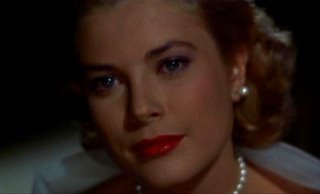
mance, something that was not in Woolrichs origanl story. Jefferies has been dating a beautiful young women of the society set named Lisa Carol Fremont, played by Hitchcocks preferd cool blond of the period
Grace Kelly. As surprising as it may seem Jeffries is actully thinking about calling things off with her, or at least fears he may have to, thinking that this prime women of society would be unfit to accompany him on the adventures life to which he has become acustomed. But one should never write off a Hitchcock women, as the determind Miss Fremont is provided with oppertunity to prove herself to her man, while still retaining her individuality as demonstrated in the films last beat.
Lisa Fremonts oppertunity to prove herself comes in the form of a mystery, played out of course in an apartment across the way. Jeffries becomes suspicous that a Mr. Lars Thorwald (a creepy
Raymond Burr), has killed his invalid wife so as to be free to run off with a mysterious girlfriend. The murder, while never actully shown is really quite grizzly if you think about it, taking a nearly bed-ridden women, killing her, and then cuting her up into chunks that can be smuggled out of the apartment in a relatively small salesmans briefcase. While he has little actul dialouge in the film, Burr does make a strong impression with bright white hair and a luggish manner. He seems a very real kind of villian, a man driven to desperation by his circumstances who finally flips and does the unthinkable. The moment when he finally eyes Stewart through the window and figures out what has been going on remains quite chiling. His scene wit

h Grace Kelly after he discovers her snooping around his apartment can really get the blood flowing.
The film also stars
Wendell Corey as Det. Lt. Thomas J. Doyle, an old war buddy of Jefferies who now works at the police department, he is called in to help the crippled photographer investigate his theorys.
Thelma Ritter provides comic relief as the nurse sent by the insurance company to aid the disabled Mr. Jeffries.
Rear Window is a classic, oft remarked to be a perfect incapsulation of Hitchcocks style and demonstration of his abilitys. It would be a great first Hitch film for almost anyone, and required viewing for anybody who claims to really appreciate film.




